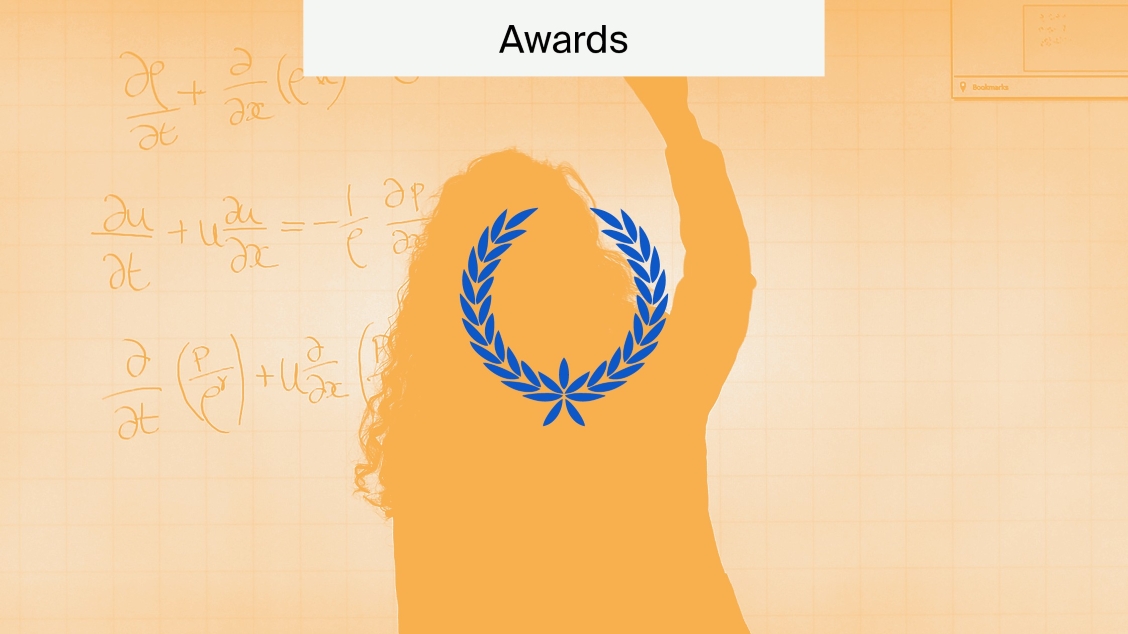
Guide to MDPI Submission Process
The MDPI manuscript submission process may look daunting, and it can be easy to procrastinate.
But we try to make this process as simple and stress-free as possible. Many articles here on the MDPI blog can help authors through this process and answer other questions they may have about the entire process.
This article will guide authors through the MDPI submission process.
Authors’ page
Authors should begin the MDPI submission process by choosing which journal they want to submit to based on the aims and topic of their manuscript. This process can be simplified by using the dropdown menu on the authors’ page, which displays all journals at MDPI.
When choosing a journal, the website provides the user with an option to download a full list of its aims and topics. Now that the author has chosen a journal to submit to, they can use the same dropdown menu to download the authors’ instructions for that journal.
The authors’ instructions detail the information needed throughout the whole MDPI submission process. They also provide the specific rules of the journal. Another important aspect of the authors’ page is that it provides a template for manuscripts based on the journal’s specific layout guidelines.
This is helpful when establishing the layout of your manuscript. It also helps to speed up the processing time by ensuring it’s in the correct format. In addition, it will also help during the submission process by auto-filling authors’ details into the submission form.
The next stage is to click on the ‘submit manuscript’ button. This will open a new submission page, which will ask if the provided templates have been used and then ask authors to upload their manuscripts.
Tips and advice before beginning the process
Ensure that the manuscript reads well and has been thoroughly checked. Although this can be improved during the process, some academic editors can reject the manuscript before the process begins because of this.
Step 1: Manuscript information
On the first page of the submission form, the ‘choose journal’ option should already have the chosen journal filled in. The next step is to pick the journal section; this is chosen based on the manuscript topic. It’s important to note that authors can also choose Special and Topic Issues from this page.
Next, the article type is chosen, for example, a review or research article. The rest of the page leaves spaces for the title of the article, abstract and keywords.
It also asks for the number of pages in the manuscript and the number of authors. To proceed to the next step, the author must agree to the terms and conditions.
Tips and Advice for step 1
The topic of your manuscript can be difficult to determine; authors shouldn’t worry if they are unsure about this. If accepted, it will be moved to the appropriate Section by the Academic Editor if necessary.
Step 2: Author information
This section requires all authors’ email addresses and ORCID details.
The page will also ask for the names of the corresponding authors; the Editorial Team will contact them if further information is required.
Next, the form asks for the authors’ personal details, including title, country, and affiliations. These are required fields. Authors should try to be as specific as possible when providing affiliation details, such as their university, school, and department. The next steps are to add links to personal social media, websites, or various social media platforms.
Authors are asked if they would like to provide a short biography that is published alongside their manuscript. This is not necessary but can give readers a better idea of the authors’ experience and previous work.
Tips and Advice for step 2
Authors should provide institutional email addresses where possible. If accepted and alternative email addresses have been provided, they will be asked again for these details. This can cause delays in the processing of the manuscript.
Authors should choose carefully when picking corresponding authors; if they do not actively check and respond to their emails, this can cause delays.
Step 3: Suggest and exclude reviewers
In this part of the form, authors can recommend 3 academics to provide a review of their manuscript if it is accepted. They are required to provide their contact information and email addresses. When picking referees, it’s important that authors not pick academics whom they have collaborated with in the past 5 years. This is to avoid biased opinions and ensure that the best version of the manuscript is published.
Tips and advice for step 3
Authors should also consider if the referee is still active in the field, to ensure that they have as much knowledge as possible to conduct the review. This is because if the referee provides a shorter review, it can cause delays.
Examples of good reviewers include academics in their research field that authors have cited recently.
Step 4: Upload manuscript
Authors should have already uploaded their manuscripts to the new submission page. This step is also for uploading extra documents, such as a cover letter, supplementary materials, figures, and any visual abstracts.
Step 5: Confirm and send to editors
At this stage, the manuscript will be submitted to the journal. This gives the authors an opportunity to check and apply any discounts that they may be eligible for.
This includes a minimum of 10% discount given to universities signed up to MDPI’s Institutional Open Access Program (IOAP); find out more about the program. It can also include reviewer vouchers given to participants of our peer review process. We recently detailed all the benefits of becoming a reviewer in a recent post on the blog.
We hope that this guide has simplified the MDPI submission process and encouraged you to submit a manuscript to us soon.
If it has, you can find more information in our recently published guide to submission statuses.











I do not see the accepted word count for healthcare journal. Kindly help
Hi,
Please email the journal directly (via healthcare@mdpi.com) and explain your situation to them. They will be able to clarify and resolve your issue.
All the best.
Hello,
Is there a template with steps to follow to begin writing the paper? If so, could you please provide a link?
Hi,
Please visit the ‘Instructions for Authors’ page of whichever journal you are planning on submitting to. Here, you can find the different paper types (articles, reviews, etc.), format, requirements, and other important information. Here is Sustainability Journal’s for reference: https://www.mdpi.com/journal/sustainability/instructions
I hope this answers your question.
How do I fill the biography of all authors if more than one author is listed?
I couldn’t pass simply asking corresponding author biography? and then I have 9 authors it is difficult to fill all corresponding author’s bibliography?
Hello Kidane,
My understanding is that a biography for all authors is what is being requested. They do not need to be comprehensive. Please contact the journal you are submitting to for further details as to specific requirements they may have. Hope this helps.
Hello,
I would like to know were to upload the supplementary materials during the submission process. In the submission system you can’t upload them with the file of the main manuscript or in the Zip file.
Thank you in advance for any help.
Kind regards,
Loris Bonetti
Hello Loris,
Please contact the journal you have submitted your manuscript to directly. Alternatively, you can just include your supplementary materials at the end of your document in the same file. Hope this helps.
What is the cost implication of publishing in your journal?
Hello Taofeek,
The article processing charges (APC) of the journals are listed on the journal’s about page. Hope that helps.
If I get access to publish my work in your journal, I will do more.
Hi Temesgen, thanks for the comment!
If you want to discuss your manuscript before submission, please feel free to reach out to the journal’s Editorial Office. You can find their details on the journal webpage. Click ‘Editorial Office’ in the left-hand menu.